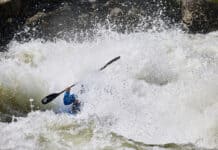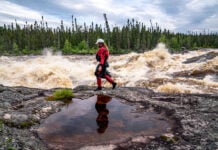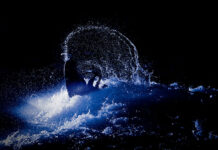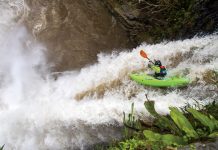Four whitewater kayakers sit side-by-side on a platform over the lead-in to a set of rapids. When the starter gives the go-ahead, the kayakers lunge their boats forward, sliding down a ramp and catch air for 10 feet before hitting the water and taking off in a dead sprint.
They launch off a four-foot ledge at the first rapid, trying to stay right of a green gate without being spun out in a surging eddy. Their plastic creek boats crash into one another, jockeying for position. They swing through eddies on each side of the course, choosing which red upstream gate works to their advantage. Partway through the race, they interrupt their paddling cadence to complete a mandatory roll. They come up, weave through more waves, slide down drops and punch churning holes. At the last upstream gate they collide; a leader fights through the scrum and toward the finish. It’s all over in just about a minute.
This chaotic scene sounds like a boatercross race in the Rockies or the Alps, but this boisterous event is going for gold. The International Canoe Federation’s (ICF) extreme canoe slalom event will make its Olympic debut at the 2024 games in Paris.
“Extreme slalom is as challenging as any boatercross I’ve been in. There is a lot of jostling and strategy, and it’s happening fast,” says Tren Long, a U.S. paddler in both traditional and extreme canoe slalom. Long has reached the podium multiple times in the ICF-style boatercross events and finished 11th in point standing during the 2019 world cup circuit, the last full calendar before the COVID-19 pandemic.
Extreme canoe slalom has met mixed reception since it first came on the ICF scene in 2015. Critics of the event tend to fall into two camps: Some in the slalom scene see it as a sideshow, without the technical mastery traditional slalom highlights. Other whitewater paddlers get hung up on calling the artificial river event “extreme,” which conjures thoughts of class V downriver races.
Adding to the controversy, the new event is expected to garnish medals from the Olympic sprint program. But whitewater slalom, and Olympic paddlesports more broadly, need to evolve or risk extinction, according to the ICF. “Stagnate and you will die,” reads the announcement regarding the decision on their website.
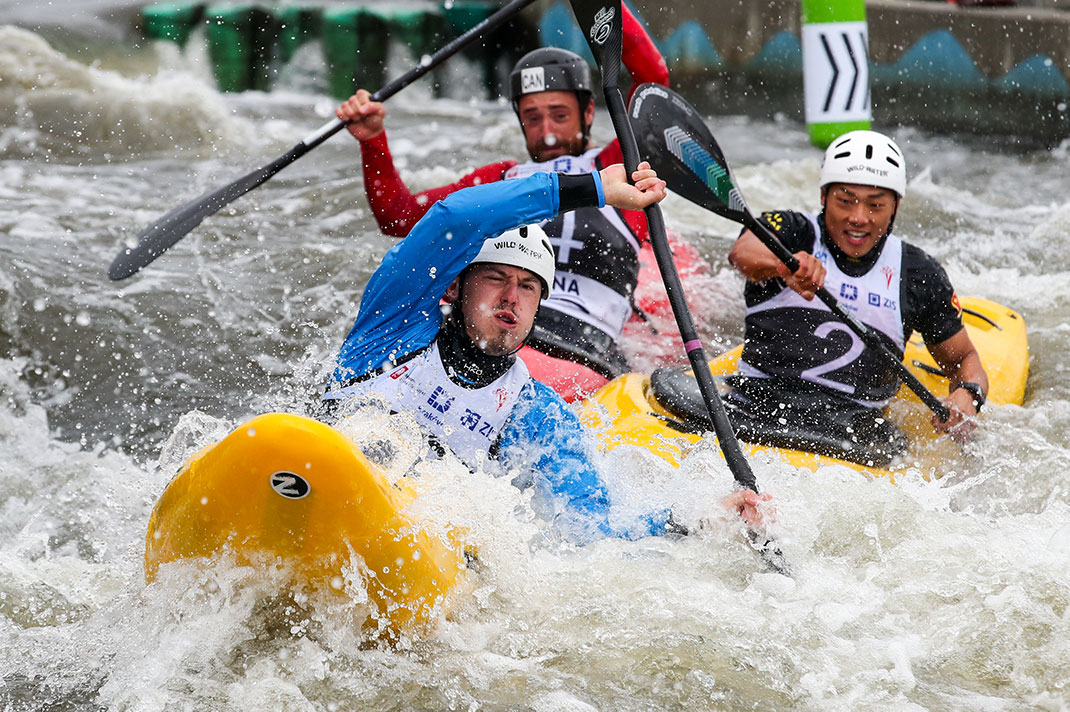
“[Extreme slalom] is fast, popular with athletes and spectators alike, and comes across very well on television. It sits nicely inside the International Olympic Committee brief to introduce new, adrenalin-charged events that appeal to younger audiences,” said ICF President Jose Perurena in a written statement.
Extreme slalom is spectator-friendly. The head-to-head style promises mayhem and makes for an engaged audience. It’s not unlike other extreme sports like BMX, or mainstream events like track or swimming, where anyone at home can tune in and instantly follow along. Even the aspects of the sport a paddler may deem basic, like a roll, are riveting to non-kayakers. And once a time trial for seeding is complete, the whole event, from heats through finals of men’s and women’s, can be wrapped up roughly around an hour.
Tren Long’s view on extreme canoe slalom may still be seen as unconventional in the racing circle, in that he is already preparing for it. “A group of us get together every Wednesday evening at the Gutter Rapid on the Payette, and race in heats of four until we puke, or it gets dark on us,” he says. “The time you spend training in heats is invaluable. Everything you do is based on reaction and instinct, and you get those through experience.”
Long is a crossover athlete—he races in ICF events and in whitewater races like the North Fork Championship and King of the Alps. He’s not alone.
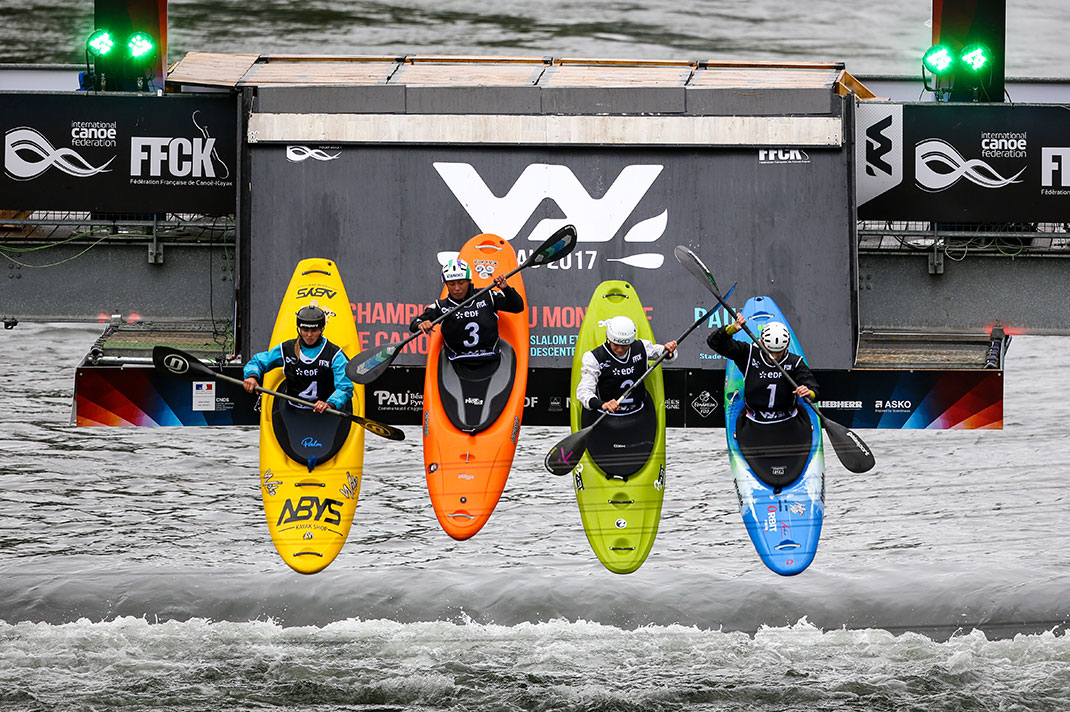
Other whitewater athletes known for competing in both the slalom and plastic worlds have been successful in the format, including international standouts Martina Wegman, Vavřinec Hradilek, and Long’s American teammate Ashley Nee, who was the extreme canoe slalom world cup point leader for the 2019 season.
The inclusion of extreme slalom highlights another hope. That the event will converge the Olympic realm with the larger recreational scope of whitewater, a relationship that has drifted apart over the years as traditional slalom takes place on artificial courses and in carbon boats, inaccessible to many paddlers.
Whether extreme slalom in the Olympics will provide a boost to recreational whitewater remains to be seen. However, one thing is certain. In 2024, whitewater paddlers will watch an Olympic sport taking place in the plastic kayaks they paddle and in a format resembling something they could replicate at any rapid. Charging downriver in a plastic kayak is an Olympic paddlesport that finally feels relatable.
This article was first published in Paddling Magazine Issue 64. Subscribe to Paddling Magazine’s print and digital editions here, or download the Paddling Magazine app and browse the digital archives here.
Joseph Potoczak is a freelance writer and competitive kayaker based in eastern Pennsylvania. His work has appeared in Men’s Journal, Blue Ridge Outdoors and Outside.
Extreme slalom makes its Olympic debut in 2024. Why? It’s fast, popular with athletes and spectators alike, and makes for good TV. | Photo: Balint Vekassy



